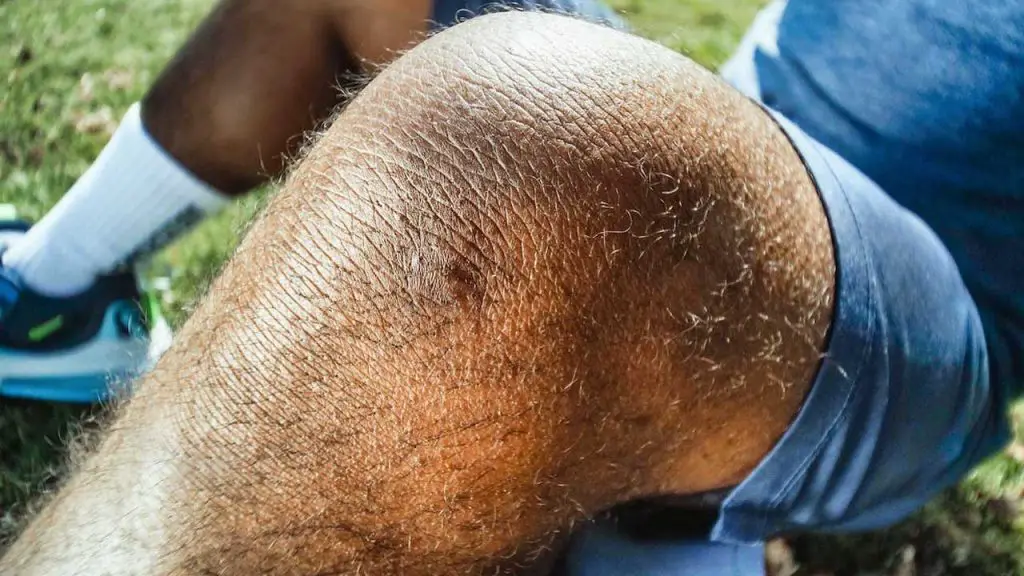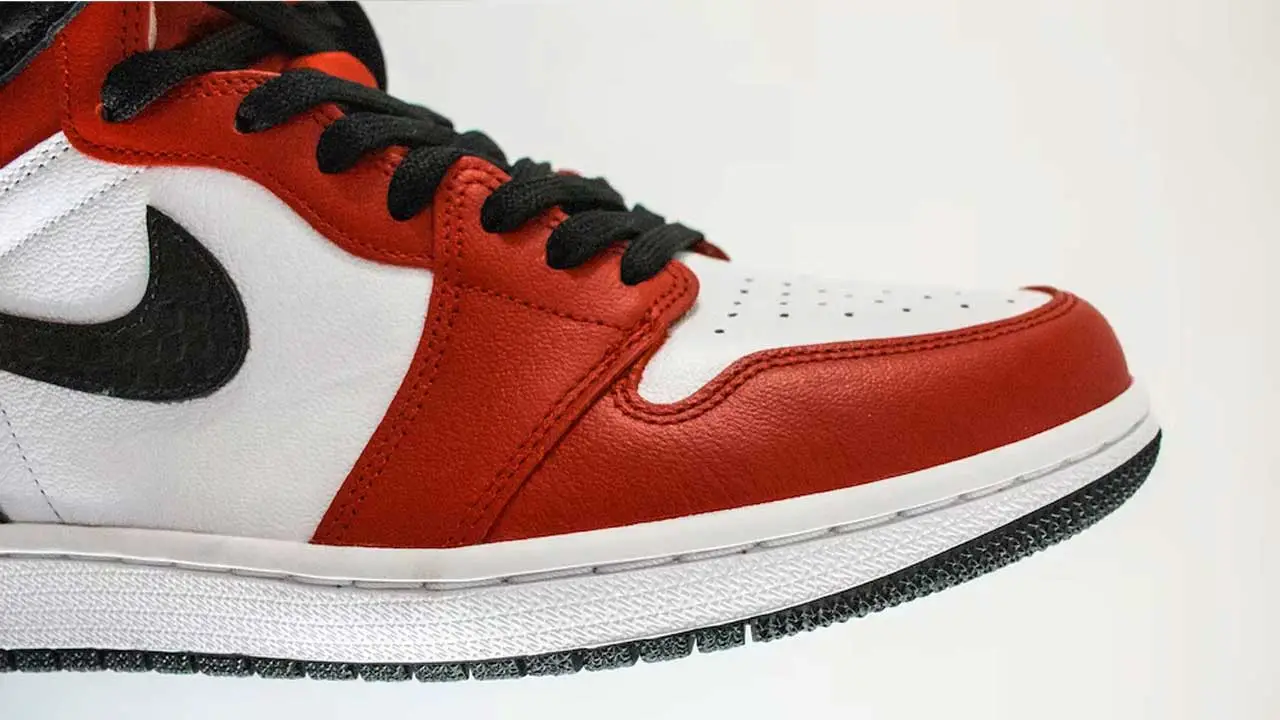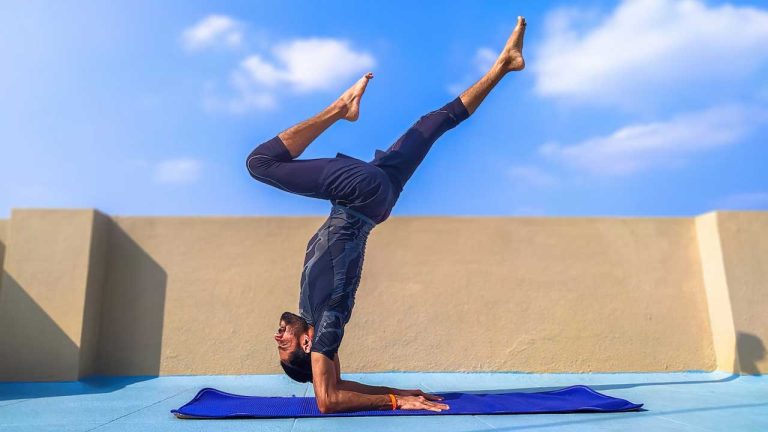Exercise with Runner’s Knee: Tips and Techniques to Ease the Pain

ListedFit is reader-supported. When you buy through links on our site, we may earn a small commission.
Runner’s knee, also known as patellofemoral pain syndrome, is a common condition that causes pain around the kneecap. It is often caused by overuse, poor alignment of the knee joint, or muscle imbalances.
It can be a frustrating condition for runners and other athletes who enjoy high-impact activities, as it can limit their ability to exercise and stay active.
Fortunately, there are exercises and stretches that can help alleviate the pain associated with a runner’s knee.
These exercises focus on strengthening the muscles around the knee joint, improving flexibility, and correcting any imbalances that may be contributing to the condition.
By incorporating these exercises into a regular workout routine, individuals with runner’s knee can continue to exercise and stay active while managing their symptoms.
It is important to note that while exercise can be helpful for managing runner’s knee, it is important to consult with a healthcare professional to determine the best course of treatment for your specific condition.
In some cases, rest, physical therapy, or other interventions may be necessary to fully address the underlying causes of runner’s knee.
Table of Contents
Understanding Runner’s Knee

Runner’s knee, also known as patellofemoral pain syndrome (PFPS), is a common condition among runners and athletes that causes pain around the front of the knee. The pain can be dull or sharp and may worsen with activities such as running, jumping, or climbing stairs.
PFPS is typically caused by overuse, improper training techniques, or poor biomechanics. It can also be caused by a structural defect or a certain way of walking or running.
Other factors such as weak hip muscles, tight hamstrings, and flat feet can also contribute to the development of runner’s knee.
It is important to note that runner’s knee is not a single condition, but rather a collection of various conditions that cause pain around the kneecap. Therefore, it is important to identify the underlying cause of the pain in order to properly treat and prevent future occurrences.
Some common symptoms of runner’s knee include:
- Pain around the kneecap, especially when bending the knee
- Pain when walking, running, jumping, or climbing stairs
- A popping or cracking sound when bending the knee
- Swelling around the knee
If you experience any of these symptoms, it is important to seek medical attention to properly diagnose and treat your condition. Treatment for runner’s knee typically involves a combination of rest, ice, compression, and elevation (RICE), as well as physical therapy exercises to strengthen the muscles around the knee and improve biomechanics.
Exercises to Avoid with Runner’s Knee

If you have runner’s knee, it’s important to avoid exercises that can aggravate your condition and make your pain worse. Here are some exercises to avoid:
- High-impact exercises: Exercises that involve a lot of jumping or pounding, such as running, jumping jacks, or plyometrics, can put a lot of stress on your knees and worsen your pain.
- Deep squats: Squats that require you to bend your knees deeply can put a lot of pressure on your kneecap and exacerbate your pain. Instead, try shallow squats with a wider stance to avoid bending your knees too much.
- Lunges: Lunges can also put a lot of pressure on your knees, especially if you lunge too deeply. If you want to include lunges in your workout, try doing them with a shorter stride and making sure your knee doesn’t extend past your toes.
- Leg extensions: Leg extensions can put a lot of pressure on your kneecap and worsen your pain. Instead, try exercises that focus on strengthening your hips and glutes, such as clamshells or bridges.
Remember, if any exercise causes pain or discomfort, stop immediately and consult with a healthcare professional. It’s important to listen to your body and avoid exercises that worsen your condition.
Exercises to Do with Runner’s Knee
Videos provided courtesy of Howcast.com
Runner’s knee can be a painful and frustrating condition for anyone who loves to run or engage in other physical activities. However, there are several exercises that can help alleviate the pain and strengthen the muscles around the knee. Here are some exercises to try:
Wall Squats
Wall squats are a great way to strengthen the quadriceps without putting too much pressure on the knee joint. Here’s how to do them:
- Stand with your back against a wall and your feet shoulder-width apart.
- Slowly slide down the wall until your knees are at a 45-degree angle.
- Hold this position for 5 seconds, then slowly stand back up.
- Repeat this exercise for 10-15 repetitions, twice a day.
Clamshells
Clamshells are a great exercise for strengthening the hip abductor muscles, which can help alleviate knee pain. Here’s how to do them:
- Lie on your side with your knees bent and your feet together.
- Keeping your feet together, lift your top knee as high as you can without moving your pelvis.
- Lower your knee back down and repeat for 10-15 repetitions on each side.
Step-Ups
Step-ups are a great way to strengthen the quadriceps and improve balance. Here’s how to do them:
- Stand in front of a step or bench.
- Step up onto the step with your right foot, then bring your left foot up to meet it.
- Step back down with your right foot, then your left.
- Repeat for 10-15 repetitions on each leg.
Remember to start slowly and gradually increase the intensity of your exercises as your knee pain improves. Always listen to your body and stop any exercise that causes pain or discomfort.
Tips for Exercising with Runner’s Knee
Exercising with runner’s knee can be challenging, but it’s not impossible. Here are a few tips to help you stay active and healthy:
- Warm up before exercising. Start with a low-impact activity like walking or cycling to get your blood flowing and your muscles warmed up.
- Avoid high-impact exercises like running, jumping, or squatting. These activities can put additional strain on your knees and exacerbate your symptoms.
- Focus on exercises that strengthen your hips, quadriceps, and glutes. These muscles help support your knees and can reduce your risk of further injury.
- Try low-impact exercises like swimming, yoga, or Pilates. These activities can help improve your flexibility, balance, and core strength without putting too much stress on your knees.
- Use proper form when exercising. It goes without saying, make sure you’re using the correct technique and posture to avoid putting unnecessary strain on your knees. Use a mirror or record yourself exercising and review after.
- Take breaks when you need them. If you start to feel pain or discomfort, stop exercising and rest your knees. Listen to your body and don’t push yourself too hard.
Remember, it’s important to consult with your doctor or physical therapist before starting any new exercise routine, especially if you have runner’s knee. They can help you develop a safe and effective plan that meets your individual needs and goals.
Preventing Runner’s Knee
Runner’s knee is a common injury that can be prevented by taking certain precautions. Here are some tips to help prevent runner’s knee:
- Stretch before running: Stretching before running can help warm up the muscles and prevent injury. Focus on stretching your quadriceps, hamstrings, and calves.
- Gradually increase activity: Increase your activity level gradually to prevent overuse injuries like runner’s knee. Don’t try to do too much too soon.
- Wear good running shoes: Make sure you have good running shoes that fit well and provide adequate support. Replace your shoes regularly to avoid worn-out shoes that can cause injury.
- Run with proper form: Running with proper form can help prevent knee injuries. Keep your knees slightly bent and your feet facing forward. Avoid overstriding and landing on your heels.
- Strength train: Strength training can help prevent injuries by strengthening the muscles around your knees. Focus on exercises that target your quadriceps, hamstrings, and glutes.
By following these tips, you can help prevent runner’s knee and other knee injuries. Remember to listen to your body and take breaks if you feel pain or discomfort. If you do experience knee pain, talk to your doctor or physical therapist for guidance on treatment and prevention.
FAQs About Exercise with Runner’s Knee
What is Runner’s Knee and what causes it?
Runner’s Knee, also known as patellofemoral pain syndrome, is a common condition among runners that causes pain in the front of the knee.
The pain typically worsens when running, walking down stairs, or after sitting for long periods.
There are several factors that contribute to the development of Runner’s Knee, including:
* Overuse: Repeated stress on the knee joint can cause irritation and inflammation, leading to pain.
* Muscle imbalances: Weakness or tightness in the muscles surrounding the knee can contribute to improper tracking of the kneecap.
* Structural issues: Flat feet or misaligned kneecaps can increase stress on the knee joint.
How can I prevent Runner’s Knee?
Preventing Runner’s Knee involves addressing the factors that contribute to its development.
To minimize your risk, consider the following:
* Gradually increase your running mileage: Avoid sudden increases in your running distance or intensity, as this can lead to overuse injuries.
* Strengthen and stretch: Focus on exercises that target the muscles surrounding the knee, such as the quadriceps, hamstrings, and hip muscles. This helps maintain proper knee alignment and reduces stress on the joint.
* Wear appropriate footwear: Choose running shoes that provide proper support and cushioning for your foot type. If necessary, consult with a specialist for custom orthotics.
Can I continue running with Runner’s Knee?
It depends on the severity of your symptoms and your individual circumstances.
If the pain is mild and does not significantly affect your running form, you may continue to run while incorporating the following modifications:
* Reduce your mileage: Temporarily decrease your running distance and intensity to alleviate stress on the knee joint.
* Cross-train: Engage in low-impact activities, such as swimming or cycling, to maintain fitness without exacerbating the pain.
* Apply RICE: Rest, Ice, Compression, and Elevation can help manage pain and inflammation.
If the pain is severe or worsens despite these modifications, it is essential to stop running and consult a healthcare professional for a proper assessment and treatment plan.
Author
Latest entries
 FitnessAugust 19, 2023Yohimbe vs Yohimbine: A Quick Comparison Guide
FitnessAugust 19, 2023Yohimbe vs Yohimbine: A Quick Comparison Guide AshwagandhaJune 16, 2023Is Ashwagandha Good for Working Out? Key Benefits Explored
AshwagandhaJune 16, 2023Is Ashwagandha Good for Working Out? Key Benefits Explored Sports HeadphonesMay 25, 2023Why Your EarBuds Keep Falling Out – Quick and Easy Solutions
Sports HeadphonesMay 25, 2023Why Your EarBuds Keep Falling Out – Quick and Easy Solutions Nike ShoesMay 12, 2023Do Nikes Run Big or Small? Decoding the Perfect Fit
Nike ShoesMay 12, 2023Do Nikes Run Big or Small? Decoding the Perfect Fit
Affiliates:
This post may contain affiliate links that at no additional cost to you, the site may earn a small commission. We only recommend products we would use ourselves and all opinions expressed on this site are our own.
General Advice:
The information provided in this article is for general informational purposes only. It is not intended as a substitute for professional advice. Always consult with a qualified healthcare professional before starting any new diet, exercise program, or making changes to your health routine.
Accuracy Advice:
While we strive to provide up-to-date and accurate information, the content in this article may not reflect the most current research or medical guidelines. We encourage readers to do further research and consult with professionals for more personalized advice.
Our Recommendations:
The products and services mentioned in any of our articles are recommended based on our independent research and personal experience. We are not sponsored by any company. We aim to suggest products and services we believe are of high quality and could be beneficial to our readers.






